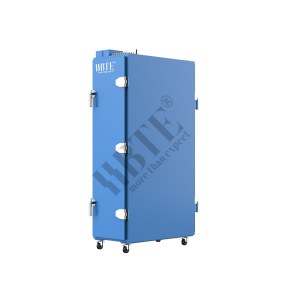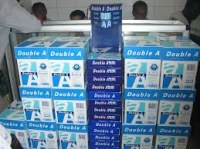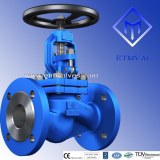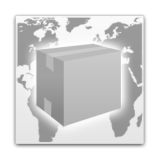An RF shielded cabinet is a kind of metal body made of conductive or magnetic materials, which limits the electromagnetic ability in a certain space and is used to suppress radiation interference. And the conduction and radiation are processed, in order to provide a non-interference test environment for the tested wireless communication equipment.
As a professional RF components company, HBTE Technology offers a series of shielded products, from single shielded boxes to stacked shielded cabinets. We're fully confident that choosing HBTE can help you keep leading status in the field of testing and measurement.
Applications of RF Shielded Cabinet
Application wireless communication test
EMI test
Coupling test
RF function test
Receiver sensitivity test
Transmitter radiated power test
Bluetooth, DAB/DMB
EMI and EMS test of small UHF equipment
Mobile phone, Bluetooth, wireless router and other equipment, complete machine or chip test
How to choose RF Boxes?
1. Look at the operation mode of the RF chamber box
When we use the RF shielded cabinet, we must first clearly know what is the operation mode of the RF shield box we need? Generally, the RF shielded cabinet is divided into a manual shielded cabinet, a pneumatic shielded cabinet and a semi-automatic shielded cabinet. The pneumatic shielded cabinet is generally divided into electric switch button control, RS232 serial port control, and a fully automatic programmable shielded cabinet. Only when we know what kind of operation is needed, we can make further judgements.
2. Look at the frequency of the RF chamber box
After confirming the operation mode of the shielded cabinet, we also need to know the frequency of the product we are testing, and what frequency band signals need to be isolated. Only in this way can we know how to choose the absorbing material inside our RF chamber box, and which frequency band is the focus of the filter processing method of the interface. Only in this way can we obtain the most suitable high RF isolation box for us.
3. Look at the size of the RF isolation box
Generally speaking, the choice of size is based on the size of the box, because our test products are placed inside the RF shielded box. For the internal size here, we not only consider the size of our products, but we also need to consider the size of the space we need for testing. Including if there is the size of fixtures, will we increase our size requirements after our subsequent product upgrades? Only in this way can we avoid the shelving of the RF chamber box caused by the upgrade of the subsequent company's products. Generally, we also need to consider the external dimensions, because our RF shielded cabinet needs to be placed in the actual test environment. In the actual application process, the placement of other instruments and the operating position of the personnel need to be taken into consideration.
4. Look at the interface of the RF test enclosure
We need to consider the data interface configuration of our RF shielded test enclosure. Now in the testing process, many customers who need small RF shielded enclosures need a data connection. Generally, the data interface of the RF shielded cabinet is DB9/DB25/RJ45/AC/DC/USB, etc. These are an indispensable part of our testing process, what types are needed, and how much each type needs. We have to be aware of this, and avoid waiting for the RF chamber box manufacturer to process it before we discover that we can't use it at all.
Location : No.137, Chenjia, Xutong Shanxia village, Xiaoshan District, Hangzhou City, Zhejiang Province, 311256 Xiaoshan,
Contact : Tech HBTE , 021 59830621








